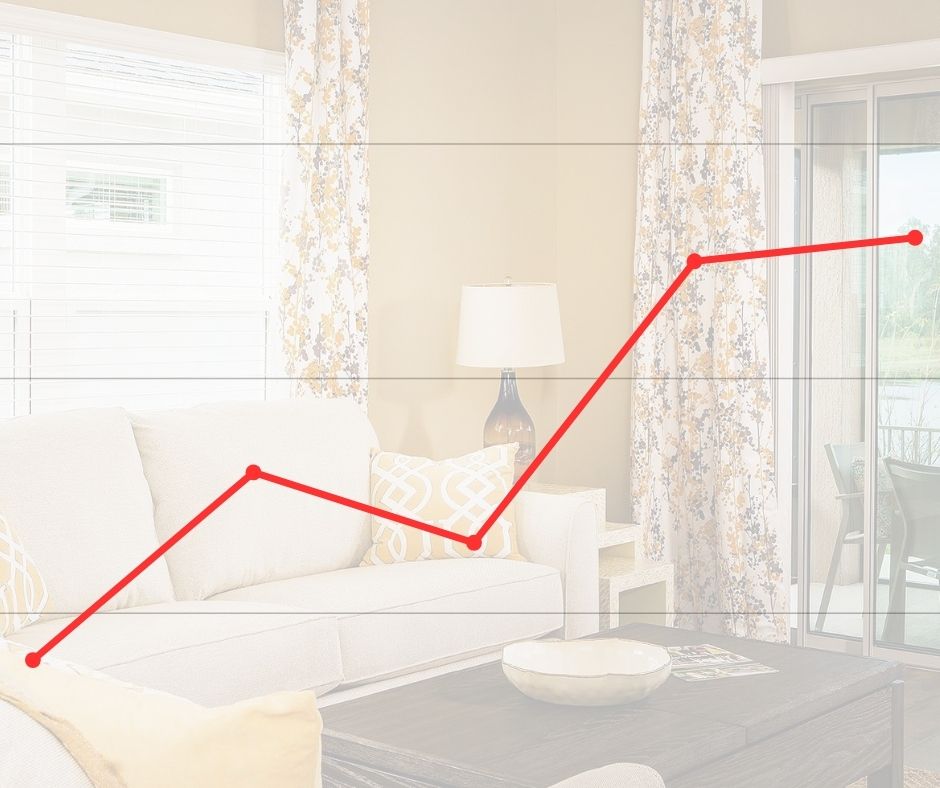In the ever-evolving landscape of the short-term rental industry, property owners are increasingly turning to dynamic pricing as a strategic tool to optimize revenue and occupancy rates. This sophisticated approach involves adjusting rental rates in real-time based on a variety of factors. Let’s delve into the intricacies of dynamic pricing and how it’s shaping the future of short-term rentals.
1. Balancing Supply and Demand
At the core of dynamic pricing is the delicate dance between supply and demand. During peak seasons or periods of high demand, the system intelligently raises prices to capitalize on the increased interest. Conversely, during low-demand periods, prices may be adjusted downward to entice more bookings and fill vacant properties.
2. Market Trends and Competitor Analysis
In the digital age, algorithms play a pivotal role in analyzing market trends and scrutinizing the pricing strategies of competitors. By harnessing the power of data, platforms can suggest optimal pricing that aligns with current market conditions and gives property owners a competitive edge.
3. Seasonal and Local Influences
The ebb and flow of pricing also respond to the rhythms of local events and seasonal fluctuations. Whether it’s a city-wide festival, a holiday celebration, or a major event in the vicinity, dynamic pricing systems take these factors into account to ensure that rates reflect the unique demands of the moment.
4. Booking Lead Time Considerations
Time is money, and dynamic pricing acknowledges this truth by factoring in the lead time between booking and the actual stay. Last-minute bookings might enjoy discounted rates to swiftly fill vacancies, while early bird reservations may come with additional perks.
5. Property Features and Amenities
The inherent value of a property isn’t solely determined by its location. Dynamic pricing recognizes the importance of property features and amenities. A residence boasting premium offerings or unique features may command higher rates, reflecting the enhanced experience it provides.
6. The Impact of Guest Reviews and Ratings
In the world of short-term rentals, reputation matters. Positive guest reviews and high ratings can contribute to higher pricing. A property with a stellar track record is likely to justify higher rates, as guests are willing to pay for a proven and exceptional experience.
7. Length of Stay Dynamics
Longer stays and short-term getaways are treated differently in the realm of dynamic pricing. Discounts or surcharges may be applied based on the length of stay, catering to the diverse needs of guests and maximizing revenue opportunities.
8. The Brainpower of Dynamic Algorithms
Powering this intricate dance of pricing factors are sophisticated algorithms. These algorithms continuously analyze and adapt to changes in the market, ensuring that pricing remains not only competitive but also agile in responding to the dynamic nature of the short-term rental industry.
In conclusion, dynamic pricing is the secret sauce that allows property owners to navigate the complex landscape of short-term rentals successfully. By embracing data-driven decision-making, they can unlock new revenue streams, stay ahead of the competition, and provide guests with an experience that is not only memorable but also well worth the price.


